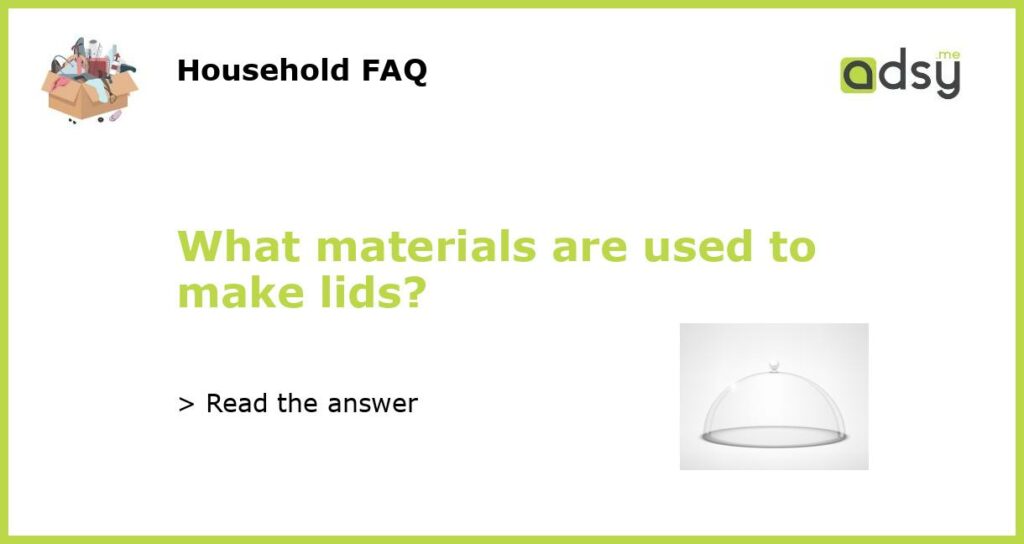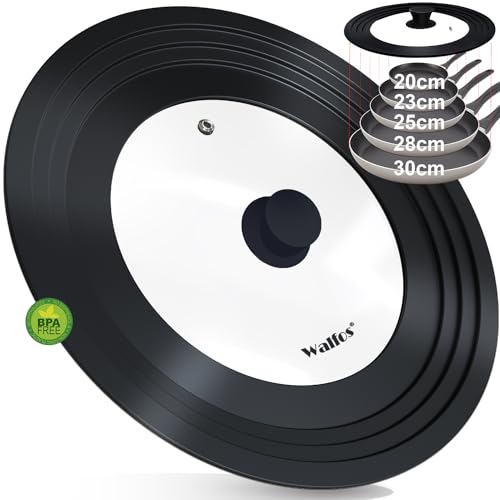The Different Materials Used to Make Lids
From jars of jam and pickles to washing detergents and cosmetics, almost every household product has a lid. Lids ensure that the product is safe, protected from contamination, and maintains its value by staying fresh and usable for longer. To make sure that the lid is up to the task, various materials are utilized in the process. Some of the most commonly used materials include:
Plastic
Plastic lids are common with items such as jars, bottles, and containers. Plastic is light, cost-effective, and comes in various colors and designs. Additionally, the material can be molded into different shapes and sizes and can be customized with various textures. Plastic lids may be made of polypropylene, polyethylene, or PVC, among other polymers.
Metal
The most common metals used for lids are aluminum and steel. Aluminum lids are suitable for various products and packaging, including food products and beverages. Aluminum is preferred for its lightweight, easy-to-handle properties, and low costs. Steel lids, on the other hand, tend to be more durable and suitable for hard-to-seal packages such as paint cans.
Glass
Glass packaging is common in some products, especially food items such as sauces and pickles. Glass lids are usually used in combination with glass containers and are favored for their sleek design and transparency, which allows customers to see the content inside the container. Glass is ideal for products that need to maintain their quality, odor, or taste.
Paperboard and Cork
Paperboard and cork are also used to make lids. Paperboard lids are suitable for hard-to-seal products such as ice cream cups and yogurt, while cork lids are mainly used in wine bottles. Both materials help to protect the contents of the container and can be recycled after use.






